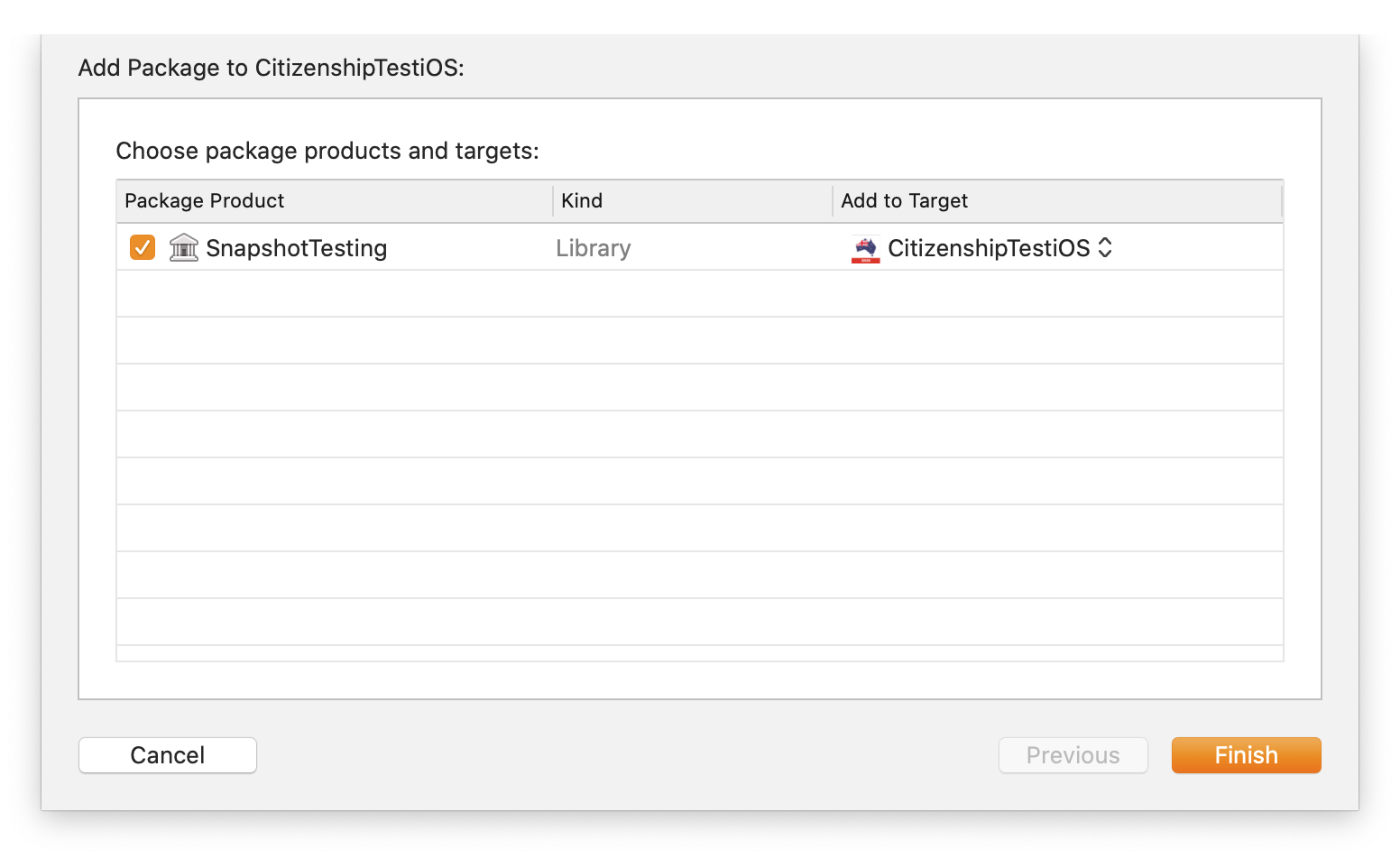

- #Appcode swift package manager how to
- #Appcode swift package manager code
- #Appcode swift package manager simulator
- #Appcode swift package manager download
The next screen asks you to define the package options for this package. This is the location of the GitHub repository containing the package. Copy the following and paste into the combined search/input box: In Xcode, select File ▸ Swift Packages ▸ Add Package Dependency…. Yams is an open source YAML parser that’s already done all the hard work.
#Appcode swift package manager how to
Each new pen starts with a dash character and contains three properties: a key, label and url.īut how to parse the YAML? You could write your own YAML parsing code, but surely somebody has already done this. Even if you haven’t seen YAML before, it should be fairly easy to understand. It’s an extensive and human readable format for structured data. YAML stands for Yet Another Markup Language. Open pens.yml and add the following text:
#Appcode swift package manager download
In a real project, you’d download this from an API running on a server, but to keep things simple you’re including it in your app directly. This file will contain the data about the available pens. Click Next, name your file pens.yml and click Create. Select an Empty file underneath the Other heading. Instead, you’ll add functionality to generate the list of available pens at run time and load remote images from a server.Īdd a new file using File ▸ New ▸ File…. What if you wanted to add more pen types later, perhaps triggered by an in-app purchase or as a reward after unlocking extra functionality? You could add images for the other pen types to the asset catalog, but this solution isn’t scalable. This starts with a Button control which renders an Image that’s hard coded to the sharpie asset. This file contains a simple SwiftUI view. Navigate to the settings screen and select the fountain pen. The app works, but is also missing functionality. Just run the sample on a device, or you’ll have to restart the app if navigating to Settings a second time doesn’t work. Since this isn’t a navigation tutorial, I decided not to add the fix to the sample code. Workarounds are available, but they add complexity to the app. There’s an interesting discussion of the problem on this forum thread.Īpple has acknowledged the bug and is working on a fix.

#Appcode swift package manager simulator
Unfortunately, there’s an annoying simulator only bug since 13.2, which means navigating to new screens a second time is broken. Note: At the time of writing, 13.3 is the latest version of iOS. You can access a settings screen via the gear icon in the navigation bar. These represent the number of people in your team. A slider controls the number of resting positions under the pen. It’ll spin before settling in a random direction. So, like any good app developer, I built an app the team can use instead. This method worked well, but we didn’t always have a pen or a table. Ideally, everyone should share this load, so I started spinning a pen on the table to pick somebody at random for each task. Within my team, the same person always volunteers to start a stand-up or scribe meeting notes. Getting Startedĭownload the project materials using the Download Materials button at the top or bottom of this tutorial. You’ll reuse an existing package and you’ll also create your very own package. You’ll add extra functionality into an app called Pen of Destiny, which is a silly app to solve a common problem: randomly choosing a person for a task. In this tutorial, you’ll use learn all about the power of SwiftPM.
#Appcode swift package manager code
This is great news for app developers because they can now unleash its power on their codebases!Ī package is simply a collection of Swift source code files and a metadata, or manifest, file called Package.swift that defines various properties about the package, such as its name and any code dependencies it has. Since the release of Swift 5 and Xcode 11, SwiftPM is compatible with the iOS, macOS and tvOS build systems for creating apps. It was initially only available for server-side or command line Swift projects. The Swift Package Manager, or SwiftPM, has been around since Swift 3.0. They also make it easier to split your code into reusable, logical chunks you can easily share across your projects, or indeed with the entire world. Packages let you use third-party, open-source code with ease.


 0 kommentar(er)
0 kommentar(er)
